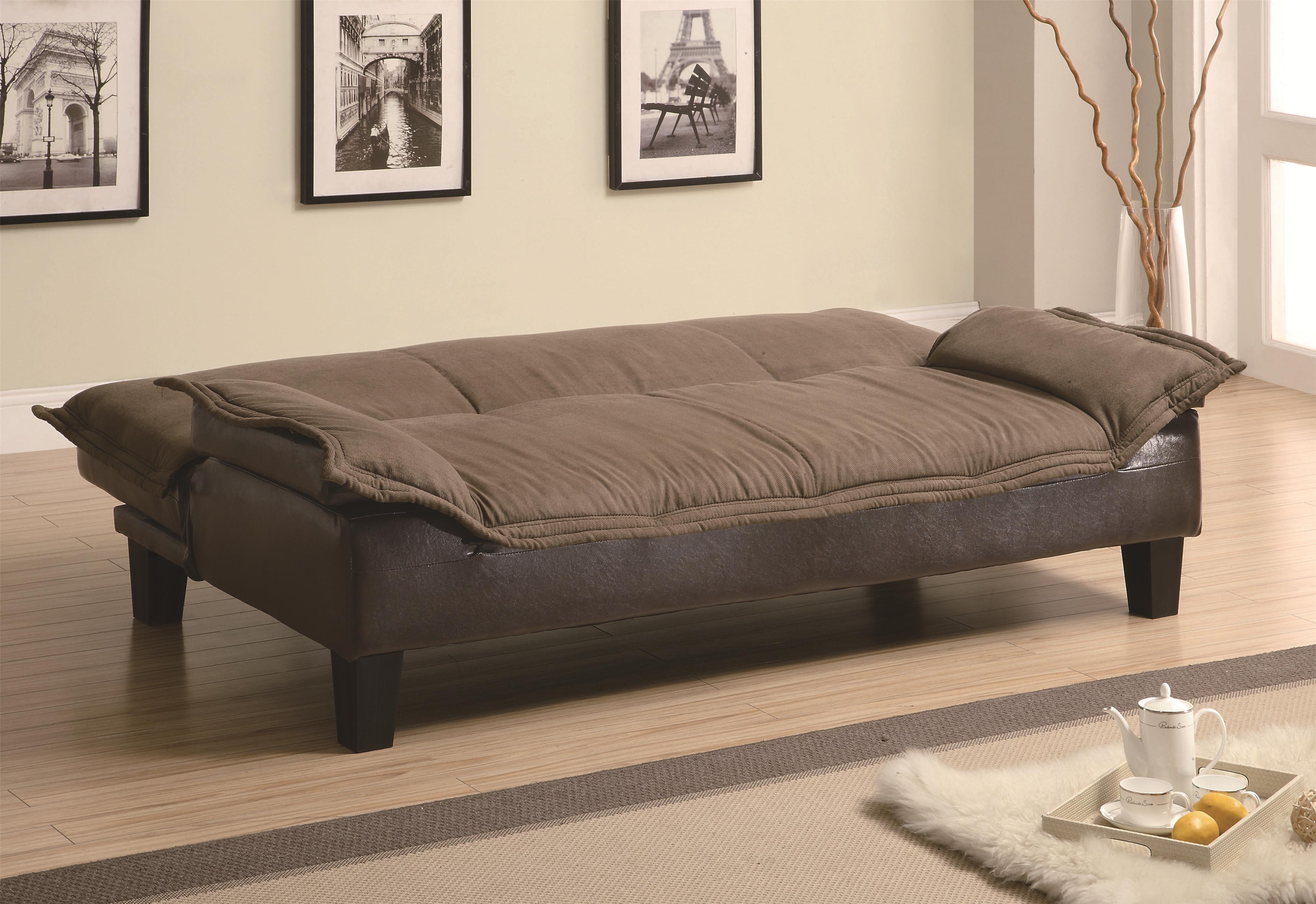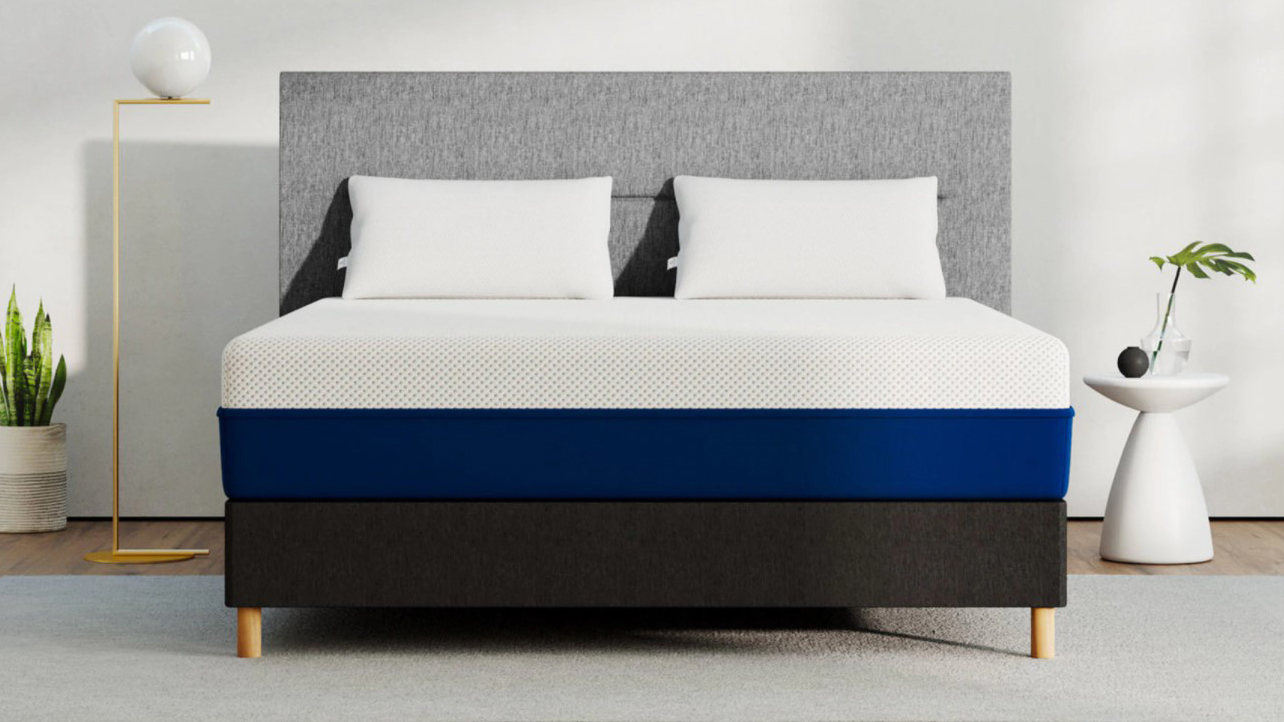Mirrors in the Living Room: How Many is Too Many?
Mirrors are a popular choice when it comes to decorating a living room. They can add light, depth, and style to a space. However, too many mirrors can quickly become overwhelming and even make a room feel cluttered. So, how many mirrors is too many in a living room? Let's explore the dos and don'ts of decorating with multiple mirrors in this space.
How to Decorate a Living Room with Too Many Mirrors
If you find yourself with too many mirrors in your living room, don't worry. There are ways to decorate around them and create a cohesive and balanced look. One option is to mix and match different sized mirrors in various shapes and frames. This adds visual interest and breaks up the monotony of having the same type of mirror repeated throughout the room.
Another option is to use mirrors as decorative accents rather than functional ones. For example, instead of using a large mirror as a focal point above the fireplace, opt for smaller mirrors placed strategically around the room. This adds a touch of elegance and charm without overwhelming the space.
Tips for Dealing with Too Many Mirrors in a Small Living Room
In a small living room, too many mirrors can make the space feel cramped and chaotic. To combat this, choose mirrors with thinner frames or without frames at all. This will create a more open and airy feel. You can also opt for mirrors with interesting shapes or designs to add a unique touch to the space.
Another tip is to use mirrors to reflect natural light. Place them across from windows or in areas where they can catch the light and bounce it around the room. This will make the space feel bigger and brighter, creating a more inviting atmosphere.
Creative Ways to Incorporate Multiple Mirrors in a Living Room
Instead of simply hanging mirrors on the wall, get creative with how you incorporate them into your living room decor. Use a large mirror as a coffee table centerpiece, or lean a few smaller mirrors against a wall for a modern and eclectic look. You can also use mirrors to create a gallery wall, mixing in other types of wall decor for a unique and eye-catching display.
Another idea is to use mirrors as a way to showcase other pieces of decor. For example, hang a mirror above a console table and place a vase of flowers or a sculpture in front of it. This will create an interesting and dynamic focal point in the room.
The Dos and Don'ts of Decorating with Multiple Mirrors in a Living Room
When it comes to decorating with multiple mirrors in a living room, there are a few dos and don'ts to keep in mind. Do mix and match different sizes and shapes, as mentioned earlier. Don't hang mirrors too close together or in a way that creates a cluttered look. Do use mirrors to reflect light and open up the space. Don't use mirrors that are too big for the room or that reflect unflattering angles.
Another important thing to keep in mind is to avoid placing mirrors in areas where they will reflect clutter or unattractive views. This can quickly make a room feel chaotic and unappealing. Instead, use mirrors to reflect beautiful views or focal points in the room.
How to Create Balance in a Living Room with Too Many Mirrors
Balance is key when it comes to decorating with multiple mirrors in a living room. To create a sense of balance, make sure to space out the mirrors evenly throughout the room. Avoid clustering them in one area, as this can create a busy and overwhelming look.
It's also important to consider the placement of furniture in relation to mirrors. Make sure there is enough space between furniture and mirrors to create a comfortable flow in the room. You can also use furniture to balance out the look of mirrors. For example, if you have a large mirror on one side of the room, balance it out by placing a piece of furniture on the opposite side.
The Impact of Too Many Mirrors in a Living Room: Pros and Cons
Like any design choice, there are both pros and cons to decorating a living room with too many mirrors. On the plus side, mirrors can make a room feel larger and brighter, reflect beautiful views, and add a touch of elegance to the space. However, too many mirrors can also create a cluttered and overwhelming look, reflect unflattering angles, and make a room feel smaller if not placed strategically.
It's important to find a balance and use mirrors in moderation to avoid these potential downsides. As with any design element, it's all about finding what works best for your space and personal style.
How to Use Mirrors to Make a Small Living Room Appear Larger
If you have a small living room, mirrors can be a great tool for making the space appear larger. Along with the tips mentioned earlier, you can also use mirrors to create the illusion of a bigger space. For example, a floor-to-ceiling mirror can make a room feel taller, while a horizontal mirror can make it feel wider.
Another trick is to use mirrors in unconventional ways. For example, placing a mirror on the back of a bookshelf can create the illusion of depth and make the space feel bigger. It's all about experimenting and finding what works best for your specific living room.
The Psychology Behind Why We Love Mirrors in the Living Room
There's no denying that mirrors are a popular choice for living room decor. But why do we love them so much? According to psychologists, mirrors can have a powerful effect on our emotions and self-image. They can reflect positive aspects of ourselves and our surroundings, and also create a sense of balance and harmony in a space.
Additionally, mirrors can also play a role in creating a sense of nostalgia and comfort. Seeing our reflection in a familiar space can evoke positive memories, making us feel more at ease and content in our living room.
How to Arrange Furniture in a Living Room with Multiple Mirrors
Lastly, when decorating a living room with multiple mirrors, it's important to consider how the furniture is arranged. Avoid placing furniture directly in front of mirrors, as this can create a disjointed look. Instead, try to angle furniture to create a more cohesive and visually appealing layout.
You can also use furniture to balance out the placement of mirrors. For example, if you have a large mirror on one side of the room, balance it out by placing a piece of furniture on the opposite side. This will create a sense of symmetry and balance in the space.
In conclusion, while too many mirrors in a living room can be overwhelming, there are ways to decorate around them and create a beautiful and balanced space. Use a mix of different sizes and shapes, consider the placement of furniture, and don't be afraid to get creative with how you incorporate mirrors into your decor. With these tips in mind, you can create a stunning living room that utilizes the beauty and functionality of mirrors.
The Negative Impact of Too Many Mirrors in Your Living Room
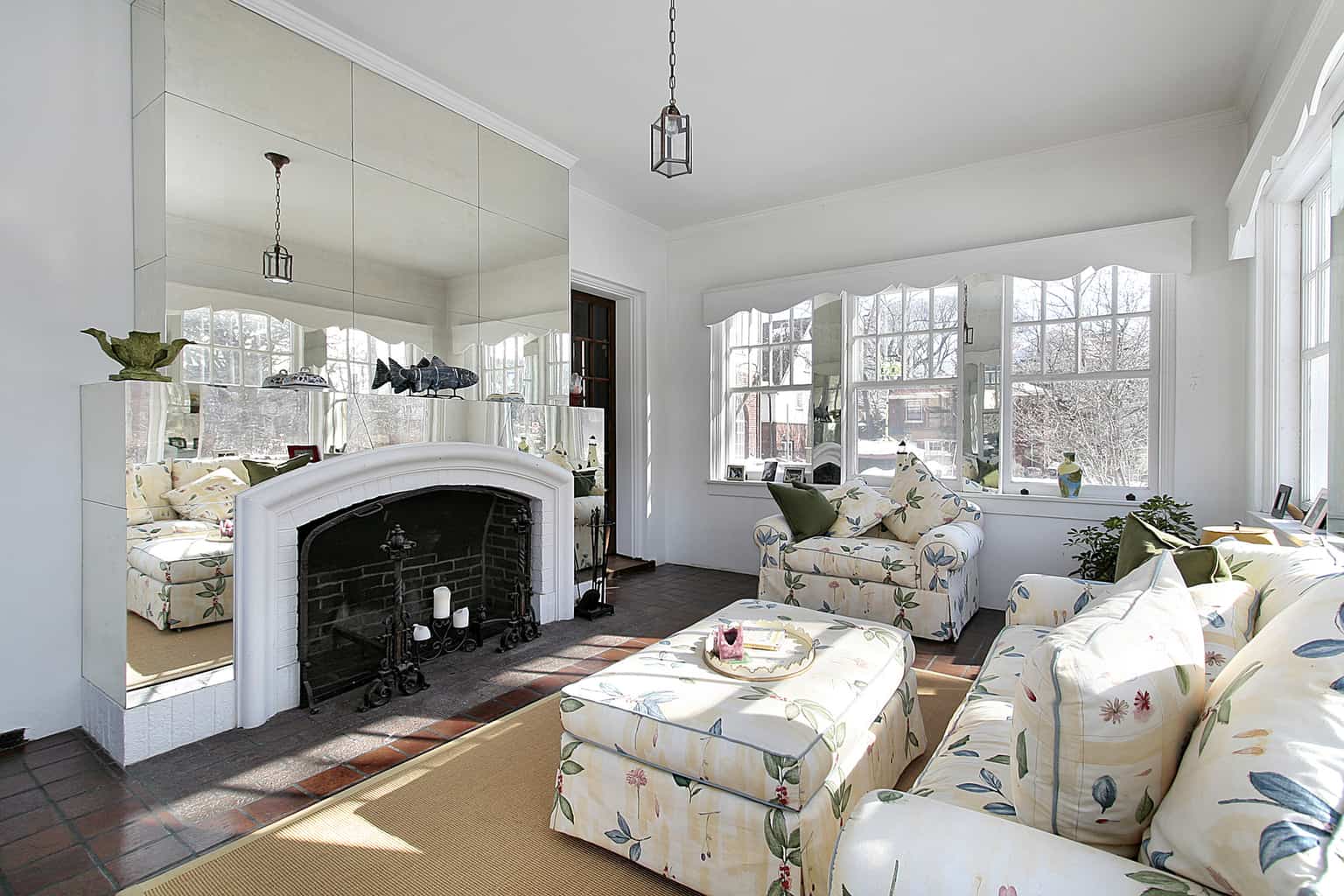
Mirror, Mirror on the Wall: A Reflection of Your Living Room Design
 Mirrors have long been a staple in interior design, adding a touch of elegance and sophistication to any room. However, when it comes to your living room, too many mirrors can actually have a negative impact on the overall design and atmosphere. While some may argue that mirrors can make a space feel larger and brighter, the truth is that they can also create a cluttered and disorienting effect if not used properly. In this article, we will explore the negative impact of too many mirrors in your living room and provide tips on how to strike the right balance in your home décor.
Mirrors have long been a staple in interior design, adding a touch of elegance and sophistication to any room. However, when it comes to your living room, too many mirrors can actually have a negative impact on the overall design and atmosphere. While some may argue that mirrors can make a space feel larger and brighter, the truth is that they can also create a cluttered and disorienting effect if not used properly. In this article, we will explore the negative impact of too many mirrors in your living room and provide tips on how to strike the right balance in your home décor.
Too Many Mirrors: A Reflection of Chaos
 Mirrors are known for their ability to reflect light and create an illusion of space, which can be beneficial in small living rooms. However, when there are too many mirrors in a room, the constant reflections can create a chaotic and overwhelming atmosphere. This is especially true if the mirrors are placed in close proximity to each other, resulting in a never-ending maze of reflections. This can be visually overwhelming and cause discomfort, making it difficult to relax and unwind in your own living room.
Related Keywords: cluttered, disorienting, overwhelming, chaotic, illusion of space, relax, unwind
Mirrors are known for their ability to reflect light and create an illusion of space, which can be beneficial in small living rooms. However, when there are too many mirrors in a room, the constant reflections can create a chaotic and overwhelming atmosphere. This is especially true if the mirrors are placed in close proximity to each other, resulting in a never-ending maze of reflections. This can be visually overwhelming and cause discomfort, making it difficult to relax and unwind in your own living room.
Related Keywords: cluttered, disorienting, overwhelming, chaotic, illusion of space, relax, unwind
Distorted Reflections: Affecting Your Mental Well-Being
 In addition to creating a cluttered and overwhelming atmosphere, too many mirrors in your living room can also have a negative impact on your mental well-being. Constantly being surrounded by reflections can be disorienting and even lead to feelings of anxiety and stress. This is especially true if the mirrors are reflecting clutter or disorganization in the room, creating a sense of chaos and unease. Furthermore, distorted reflections in multiple mirrors can also be visually disorienting, causing headaches and discomfort.
Related Keywords: mental well-being, disorienting, anxiety, stress, clutter, disorganization, chaos, unease, distorted, headaches, discomfort
In addition to creating a cluttered and overwhelming atmosphere, too many mirrors in your living room can also have a negative impact on your mental well-being. Constantly being surrounded by reflections can be disorienting and even lead to feelings of anxiety and stress. This is especially true if the mirrors are reflecting clutter or disorganization in the room, creating a sense of chaos and unease. Furthermore, distorted reflections in multiple mirrors can also be visually disorienting, causing headaches and discomfort.
Related Keywords: mental well-being, disorienting, anxiety, stress, clutter, disorganization, chaos, unease, distorted, headaches, discomfort
Striking the Right Balance: Tips for Incorporating Mirrors in Your Living Room
 While too many mirrors can have a negative impact on your living room design, this doesn't mean you should avoid them altogether. Mirrors can still be a valuable addition to your living room, as long as they are used strategically and in moderation. Here are some tips for incorporating mirrors into your living room design:
- Choose a focal point: Instead of scattering mirrors all over your living room, choose one or two focal points where you want to draw attention. This could be above a fireplace, behind a couch, or on a feature wall. This will create a more intentional and visually appealing look.
- Use different shapes and sizes: Instead of using identical mirrors, mix and match different shapes and sizes to add visual interest to your living room. This will also prevent the room from feeling too symmetrical and sterile.
- Consider the placement: Instead of placing mirrors in close proximity to each other, spread them out throughout the room. This will create a more balanced and harmonious look, without overwhelming the space with constant reflections.
Related Keywords: focal point, visually appealing, intentional, mix and match, visual interest, symmetrical, sterile, placement, balanced, harmonious
While too many mirrors can have a negative impact on your living room design, this doesn't mean you should avoid them altogether. Mirrors can still be a valuable addition to your living room, as long as they are used strategically and in moderation. Here are some tips for incorporating mirrors into your living room design:
- Choose a focal point: Instead of scattering mirrors all over your living room, choose one or two focal points where you want to draw attention. This could be above a fireplace, behind a couch, or on a feature wall. This will create a more intentional and visually appealing look.
- Use different shapes and sizes: Instead of using identical mirrors, mix and match different shapes and sizes to add visual interest to your living room. This will also prevent the room from feeling too symmetrical and sterile.
- Consider the placement: Instead of placing mirrors in close proximity to each other, spread them out throughout the room. This will create a more balanced and harmonious look, without overwhelming the space with constant reflections.
Related Keywords: focal point, visually appealing, intentional, mix and match, visual interest, symmetrical, sterile, placement, balanced, harmonious
In Conclusion
 While mirrors can be a valuable addition to your living room design, too many can have a negative impact on the overall atmosphere and your mental well-being. By striking the right balance and using them strategically, you can create a visually appealing and harmonious living room that promotes relaxation and comfort. Remember, less is often more when it comes to incorporating mirrors into your home décor.
While mirrors can be a valuable addition to your living room design, too many can have a negative impact on the overall atmosphere and your mental well-being. By striking the right balance and using them strategically, you can create a visually appealing and harmonious living room that promotes relaxation and comfort. Remember, less is often more when it comes to incorporating mirrors into your home décor.




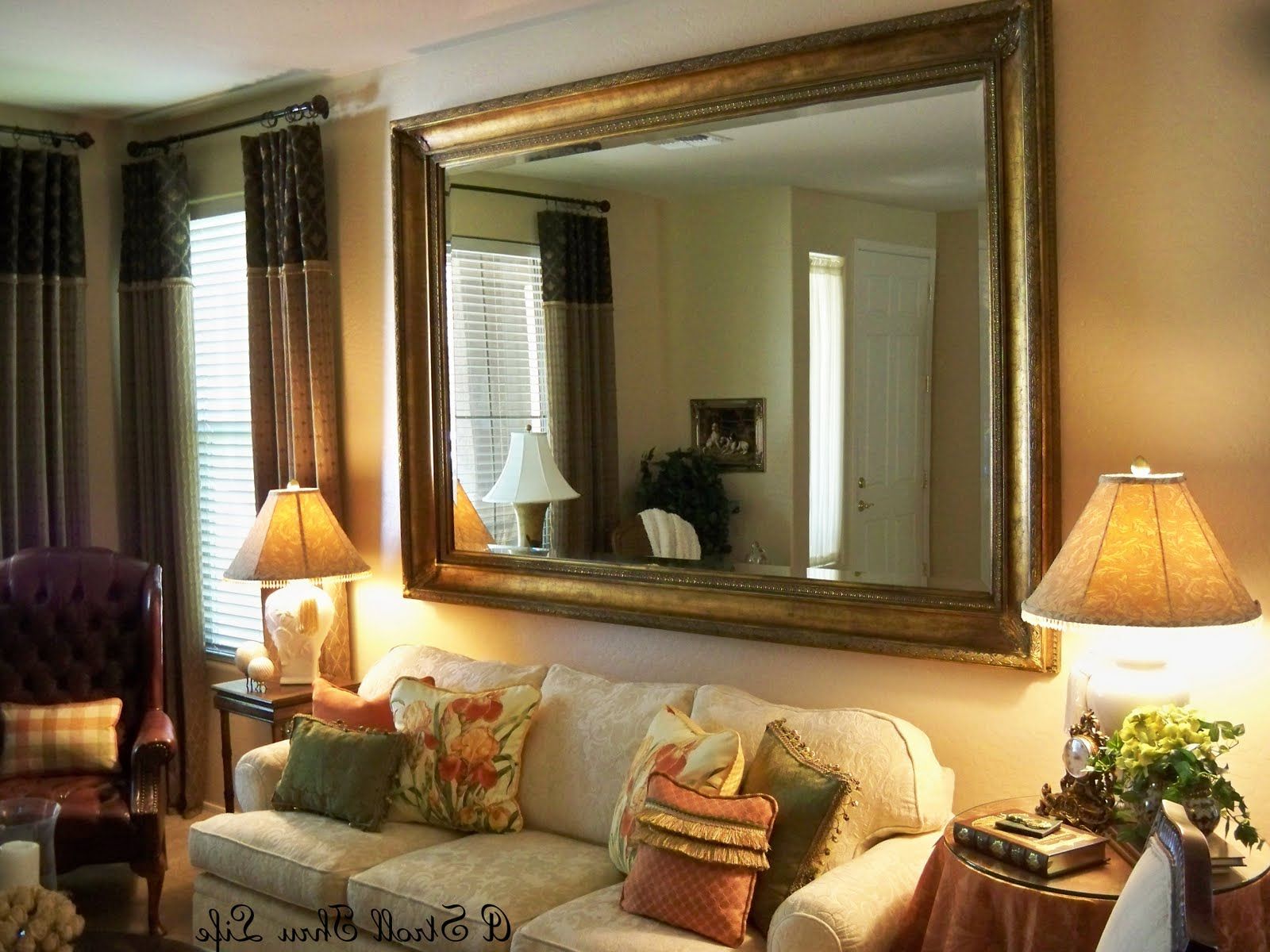
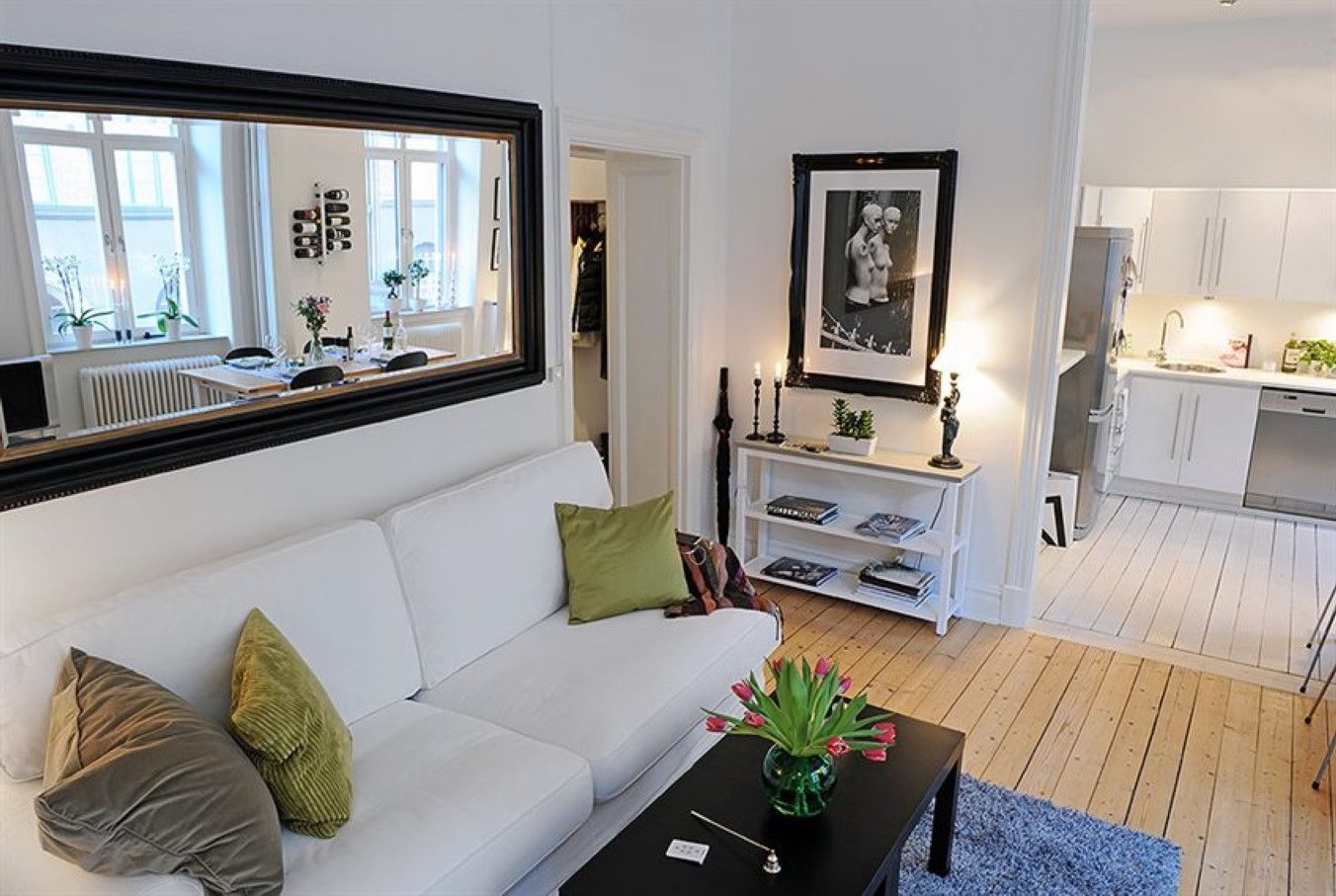


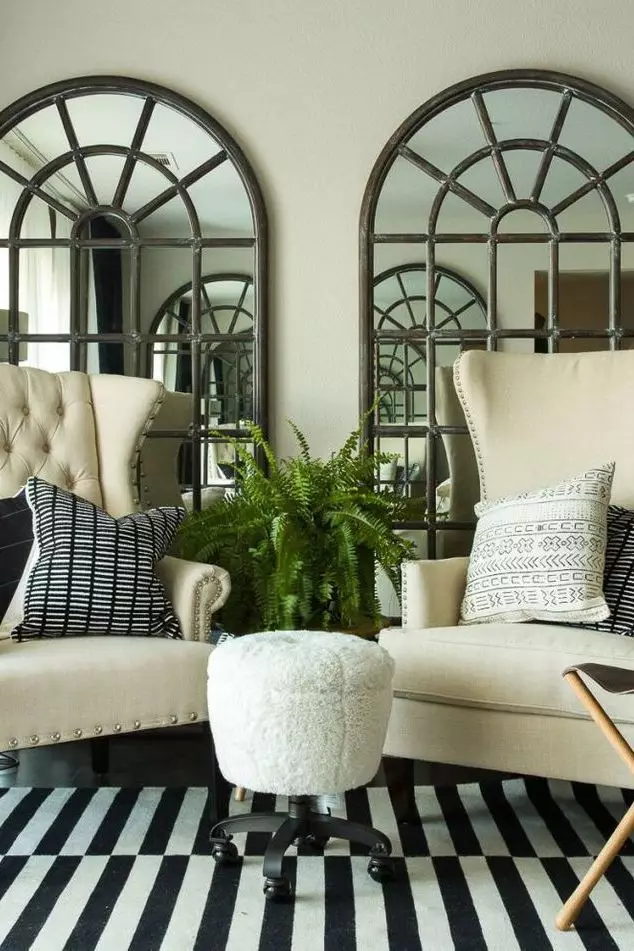

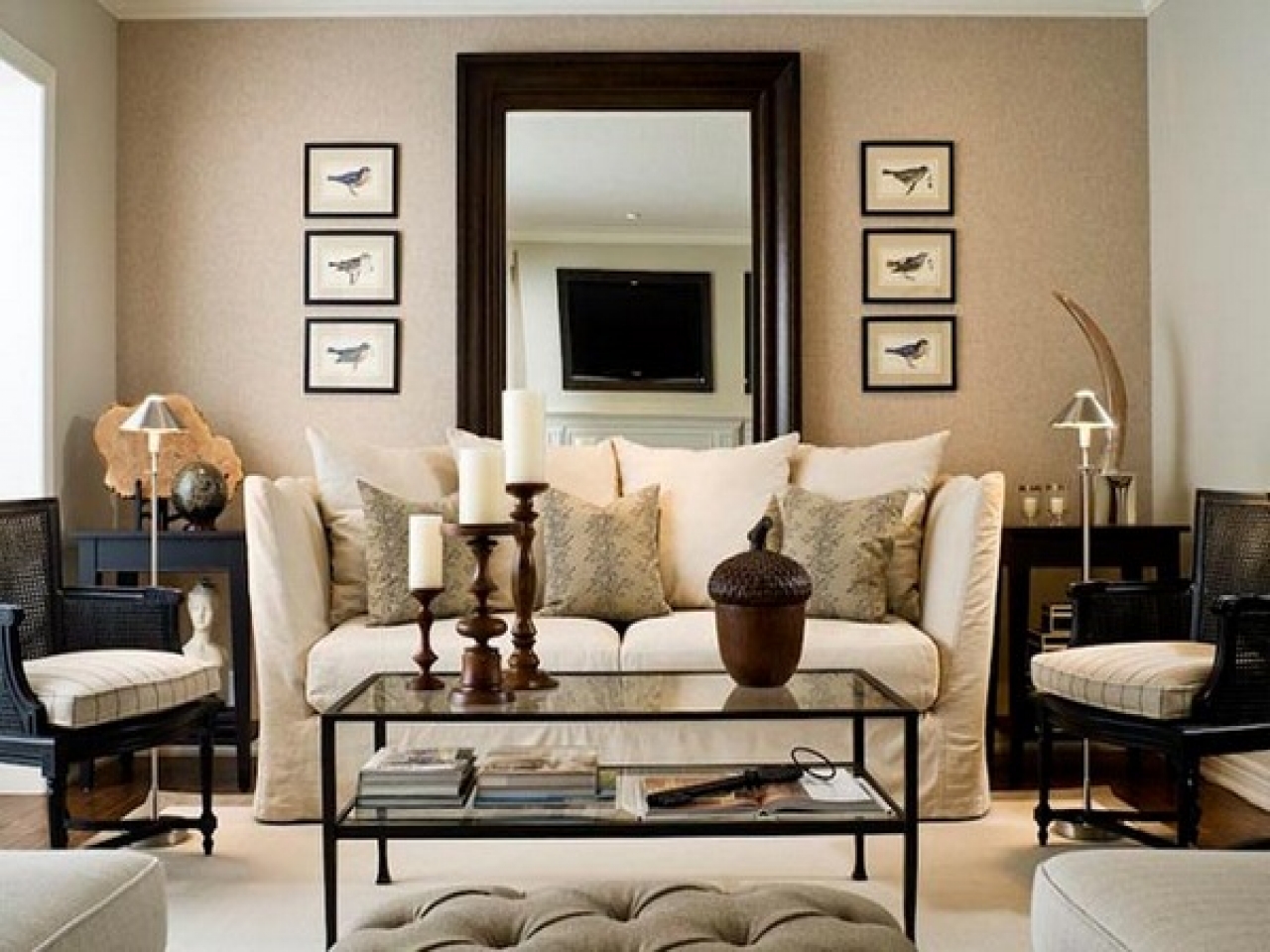

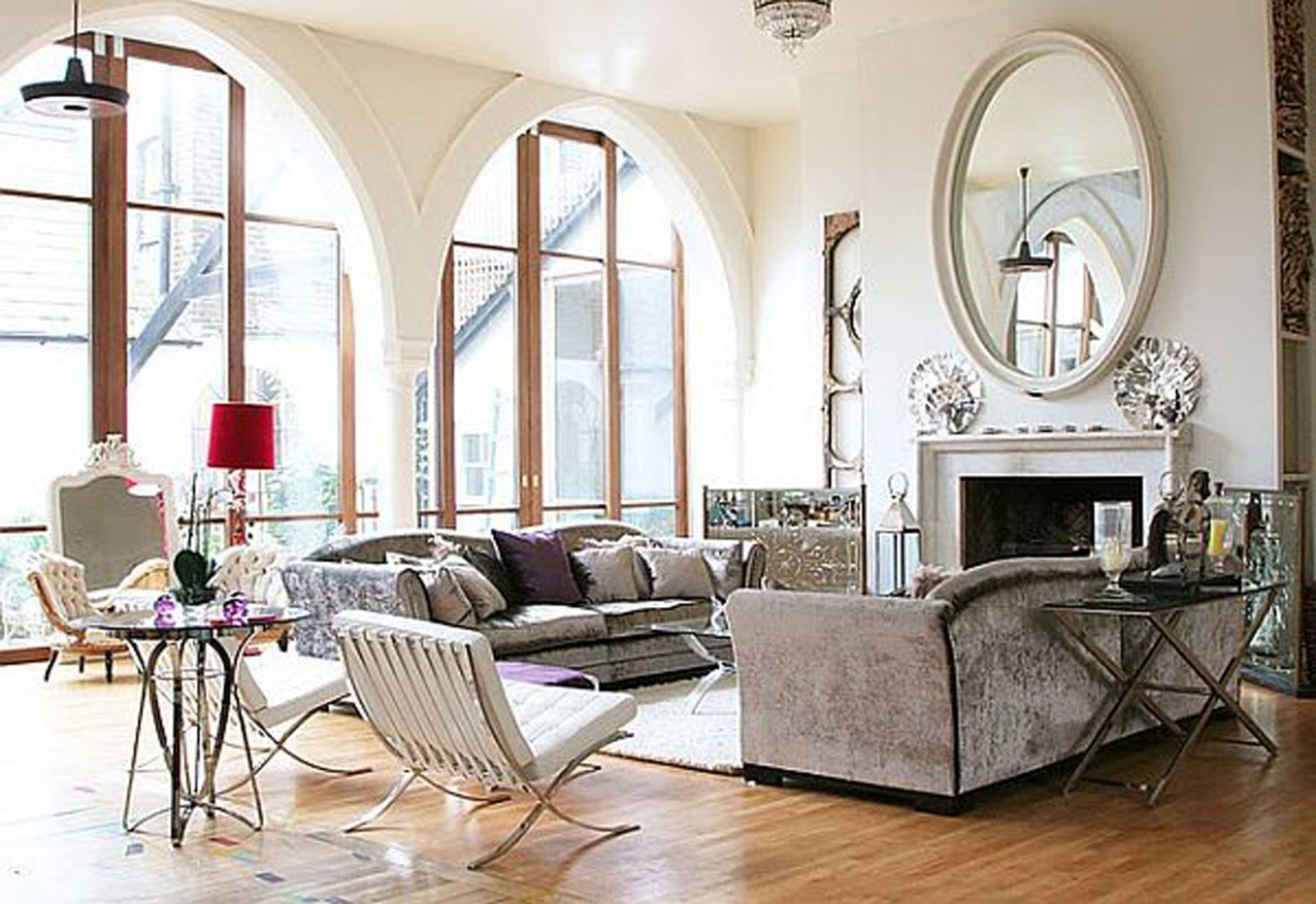





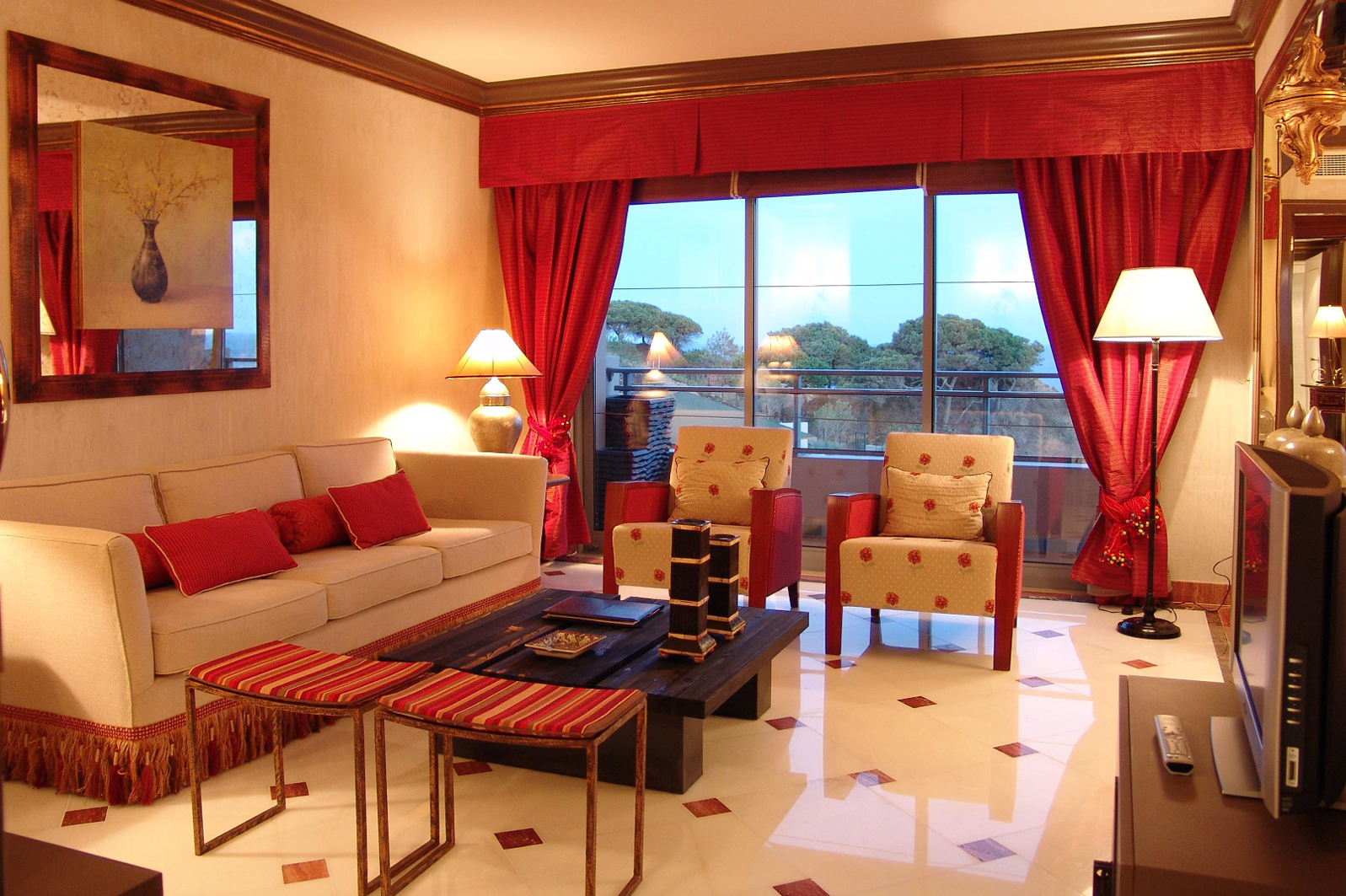

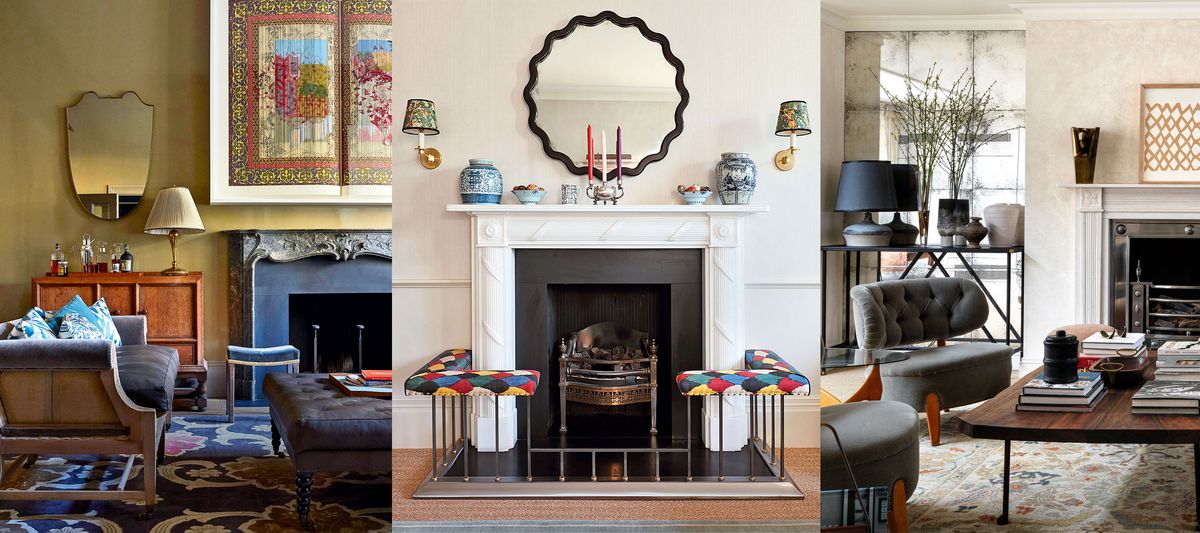




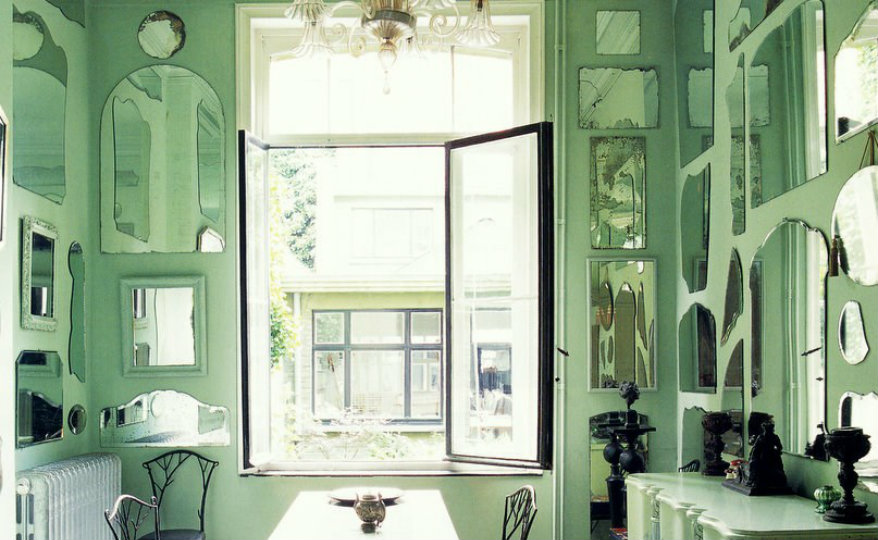



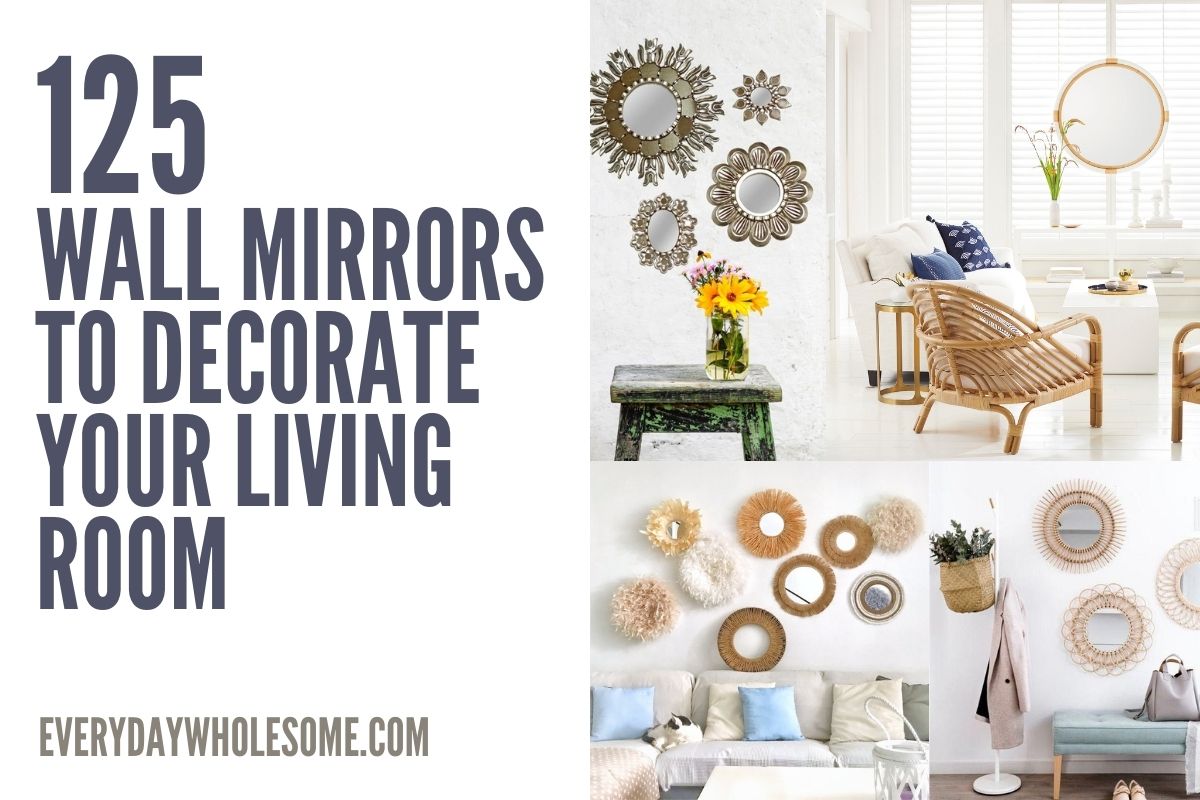

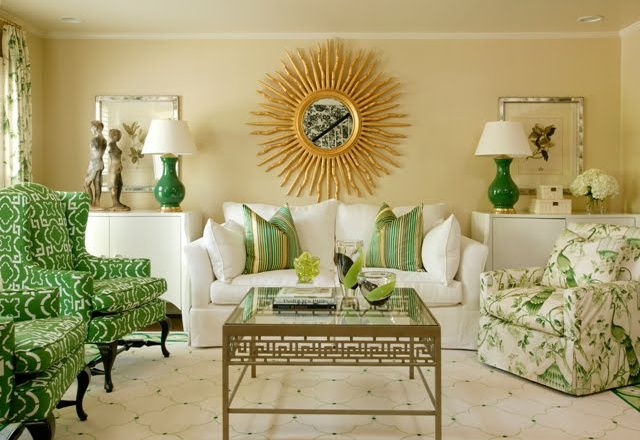
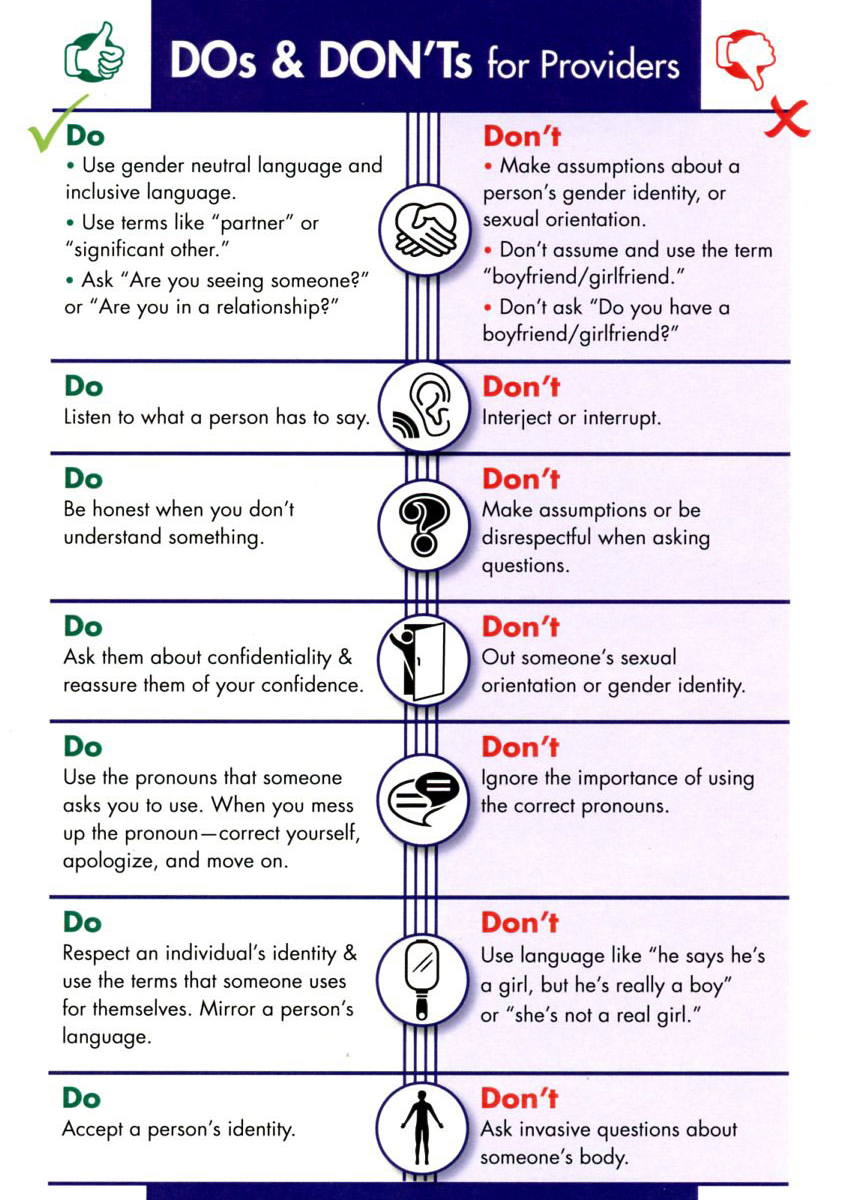
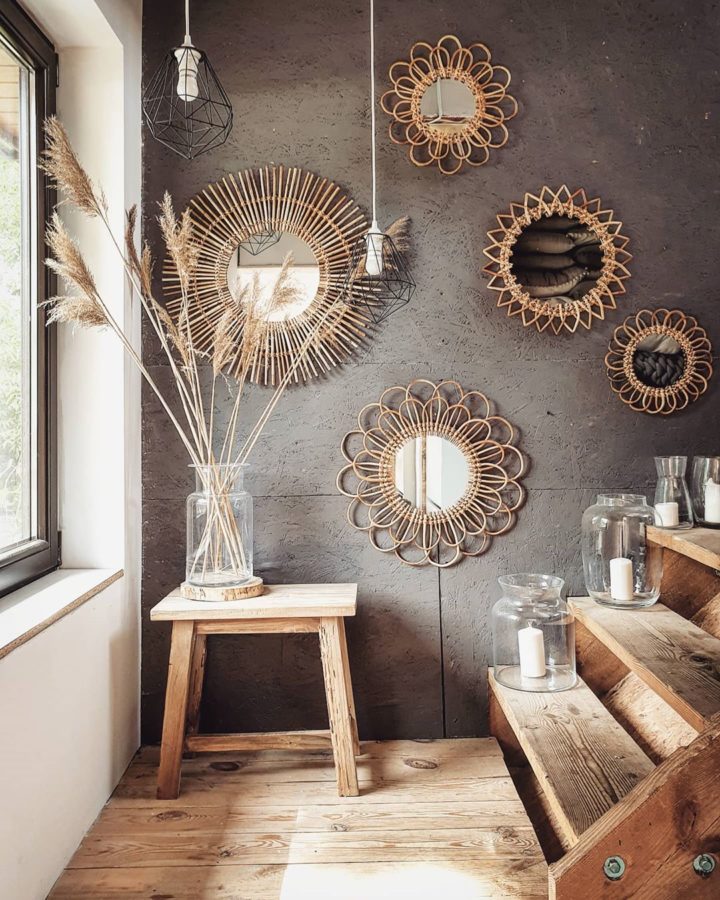



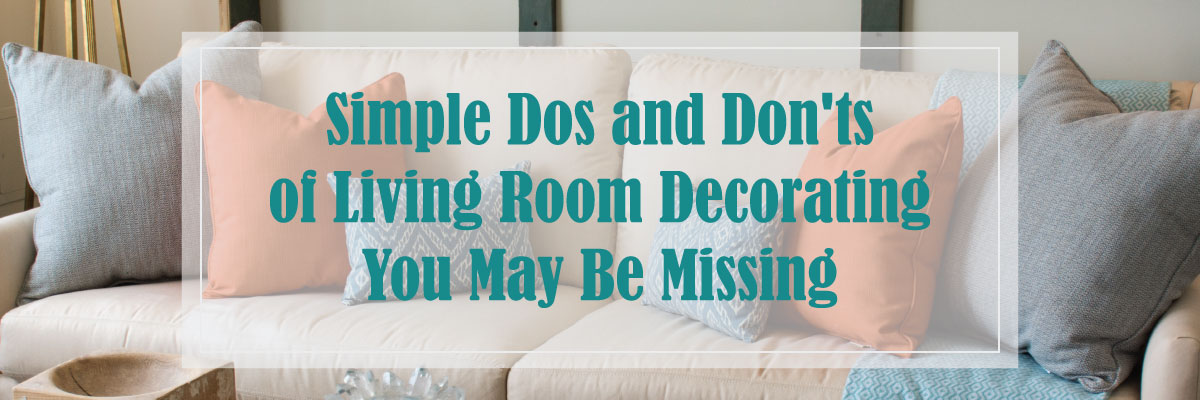

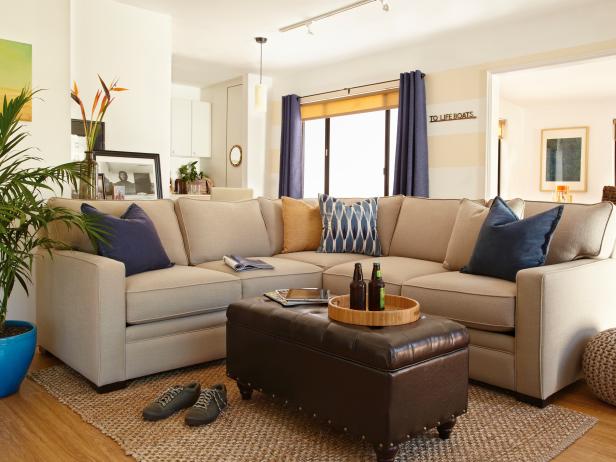



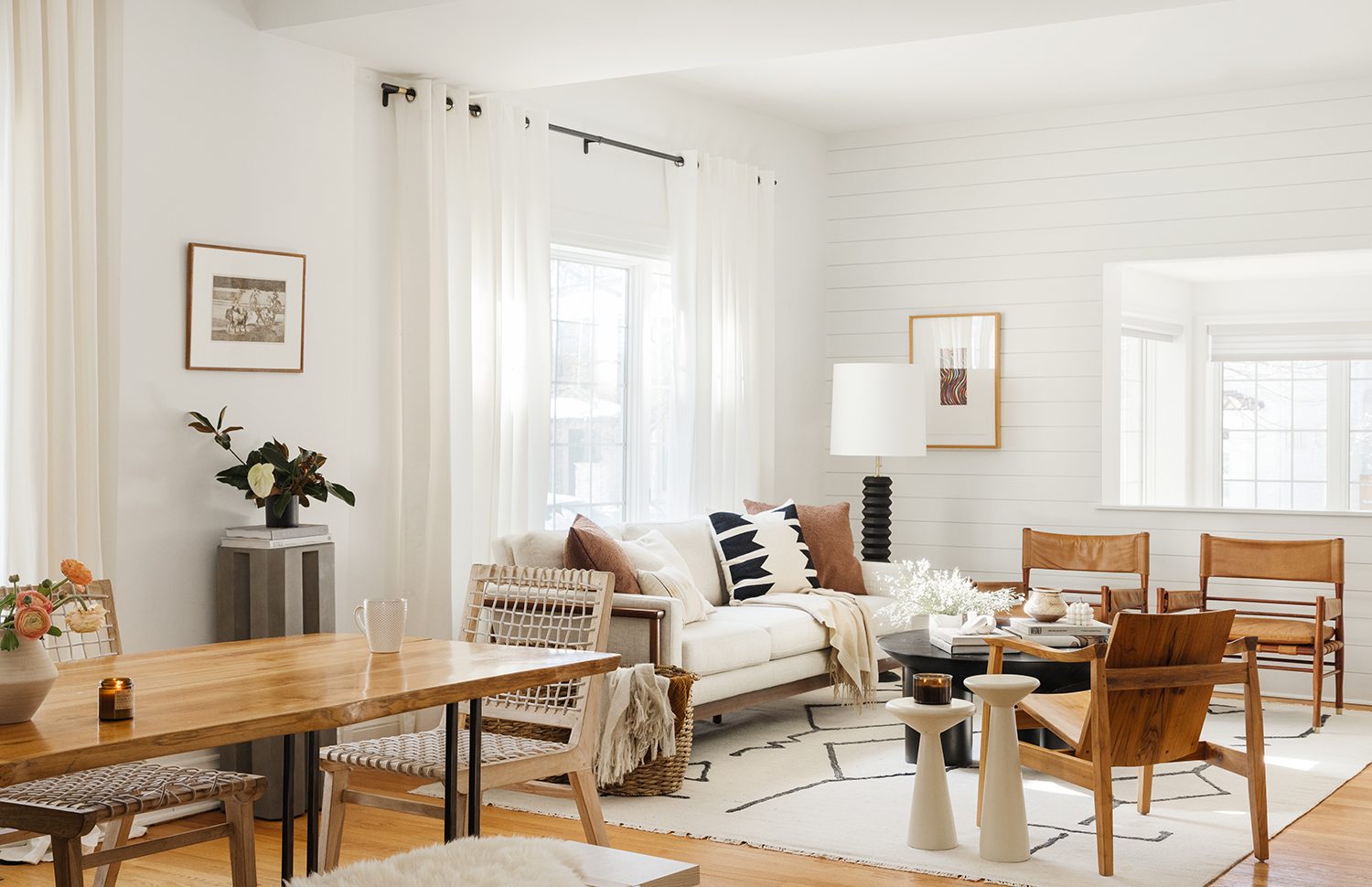



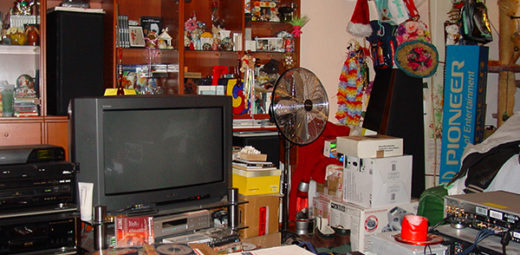





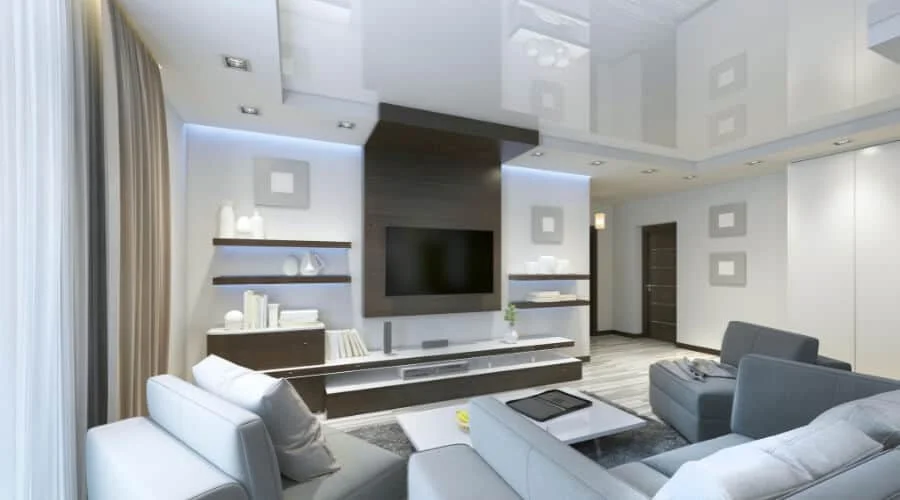


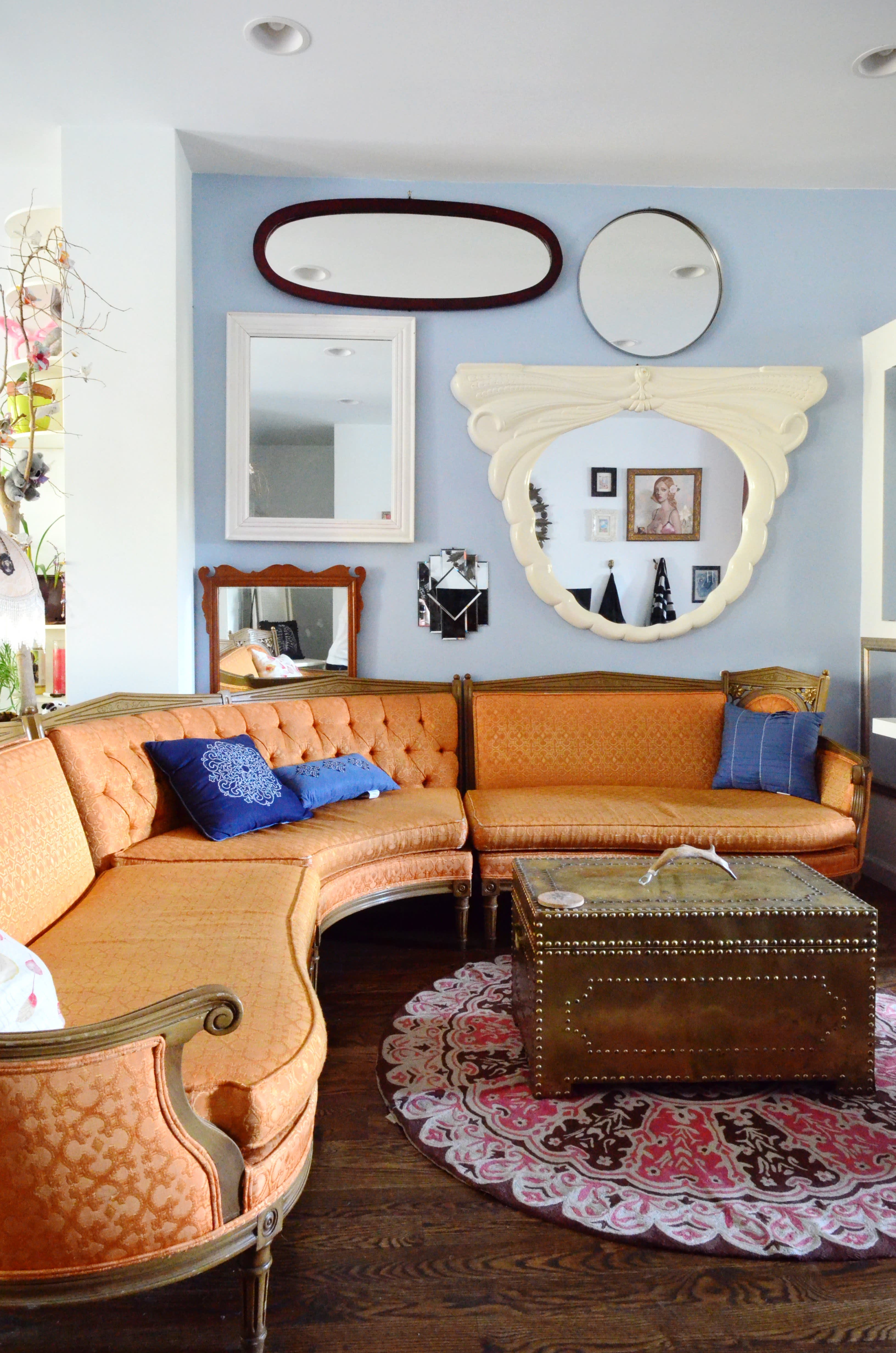





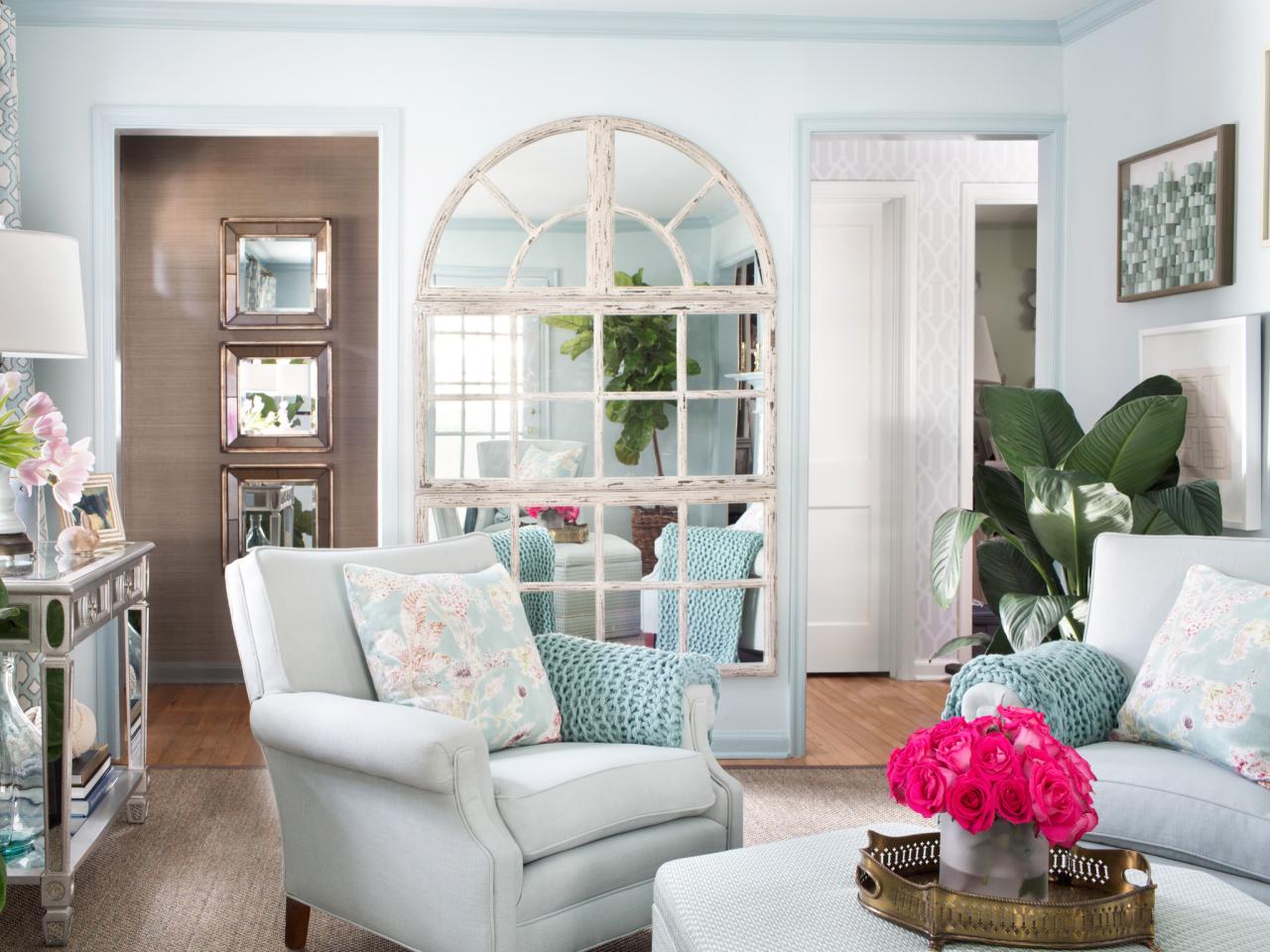


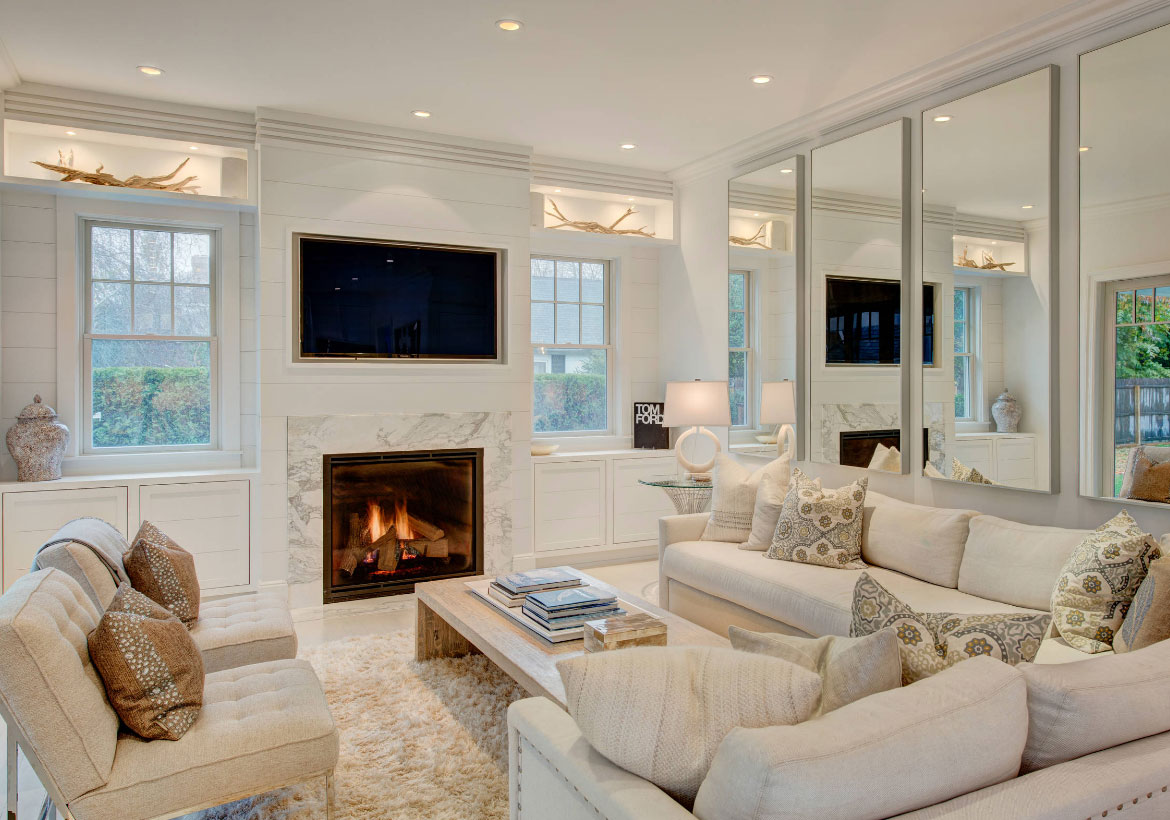
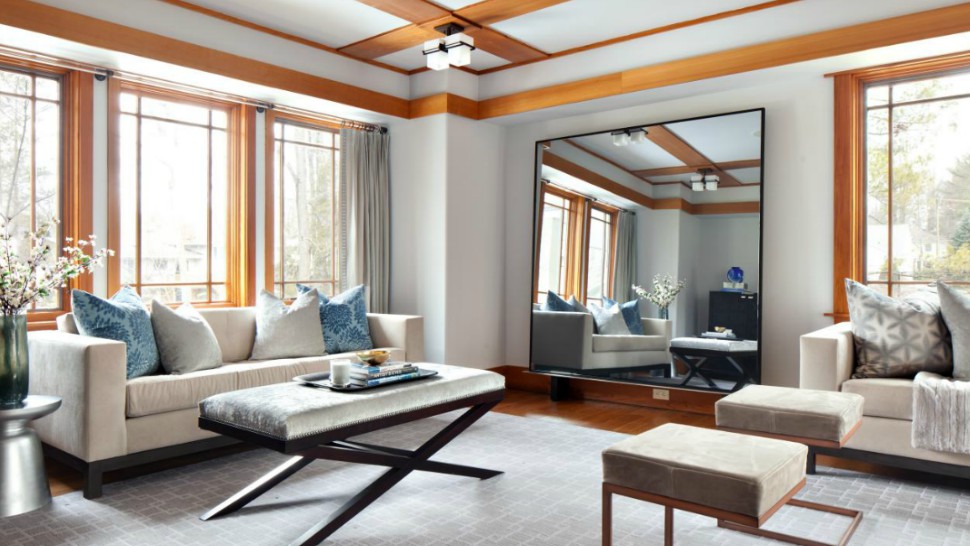








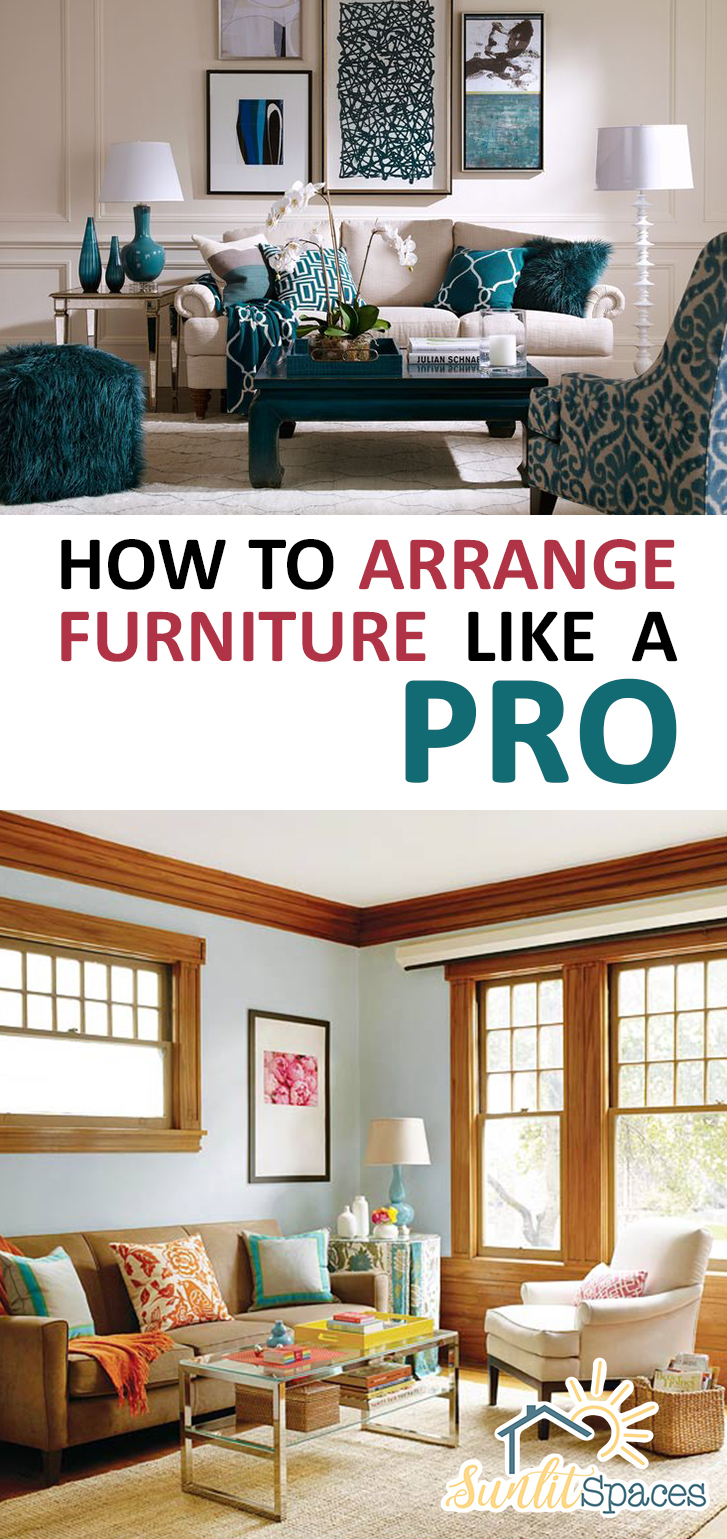



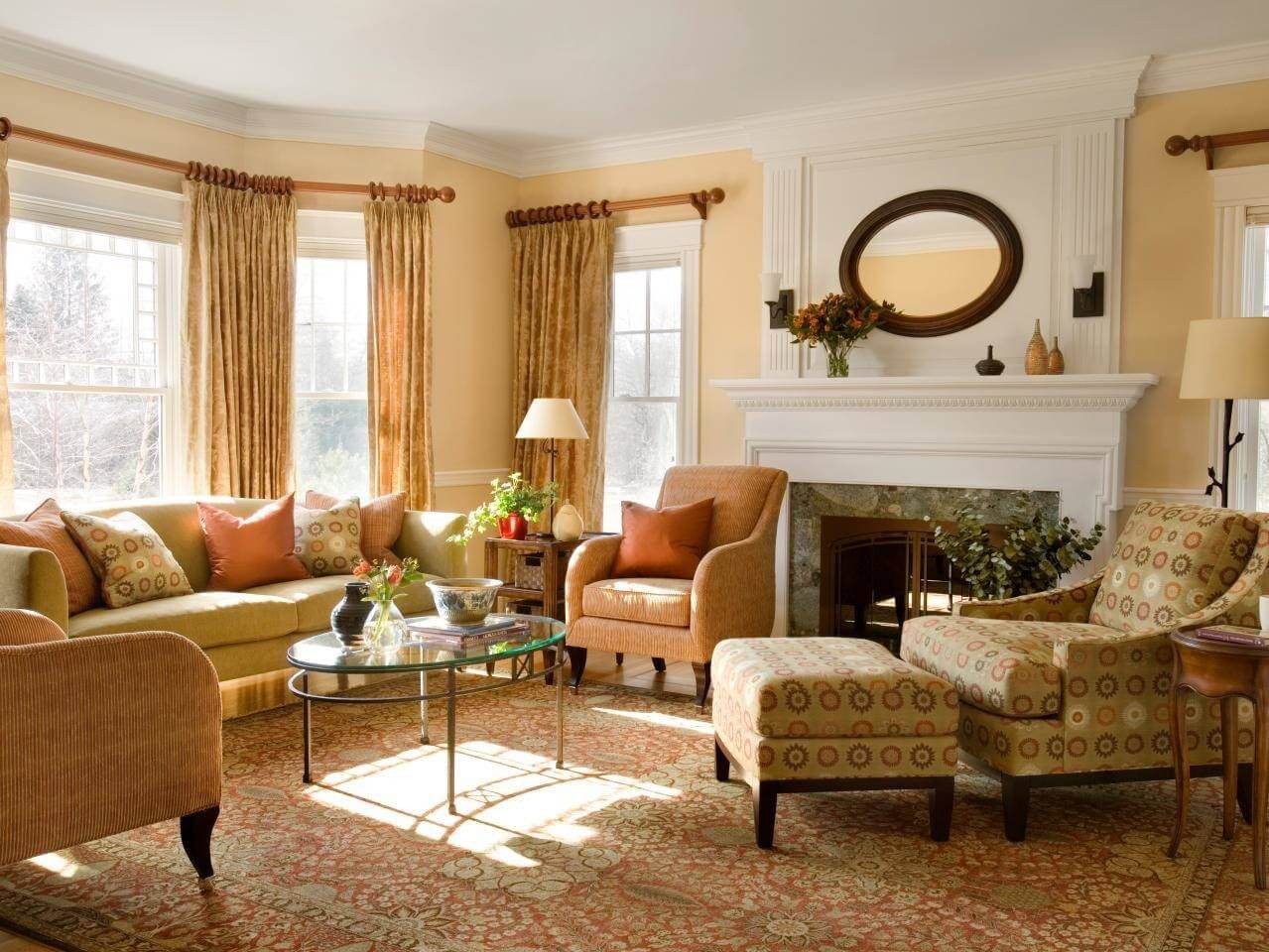

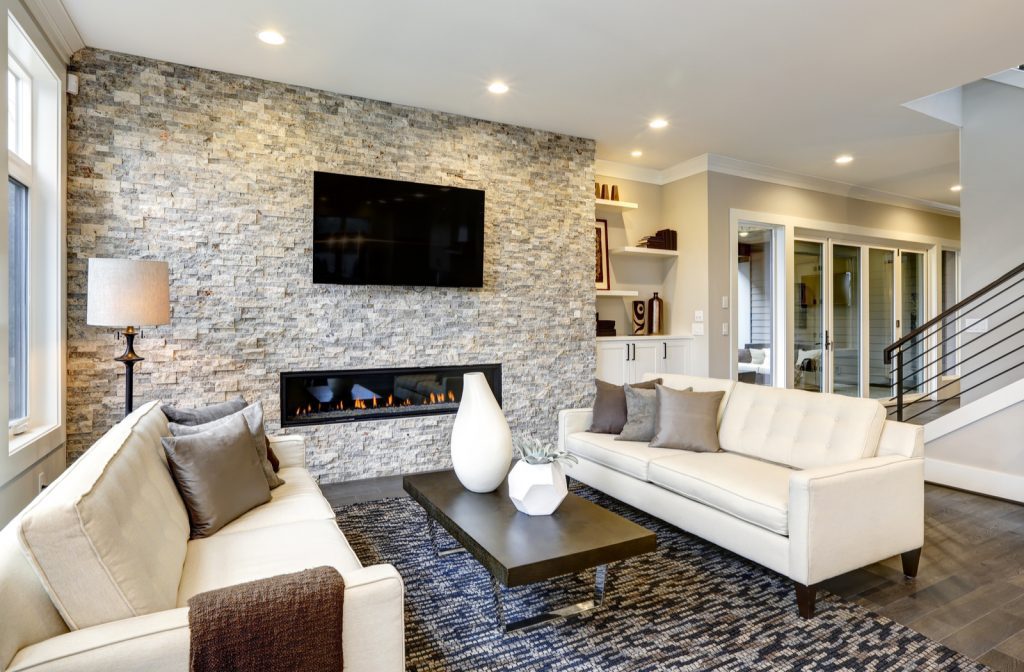
:max_bytes(150000):strip_icc()/rules-for-arranging-furniture-2213418-01-0ce5fc6a876342d693cef4e11367d098.jpg)
:focal(950x608:952x610)/neutral-living-room-white-fireplace-594af4cd-dfb9df1c2680468ab84c14d87b0b9eb9.jpg)

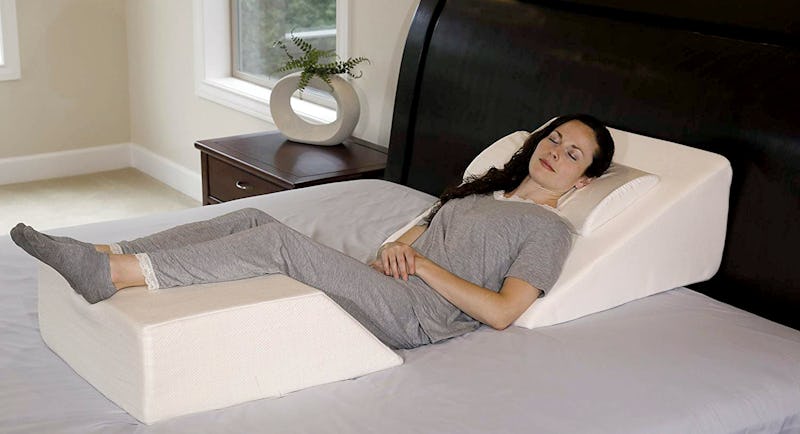
:max_bytes(150000):strip_icc()/should-i-reupholster-old-sofa-1391585-hero-56eedee5ceb84c649fa2f0aaa664ce98.jpg)

